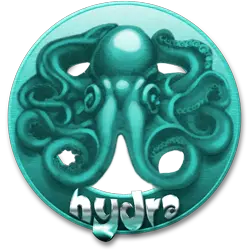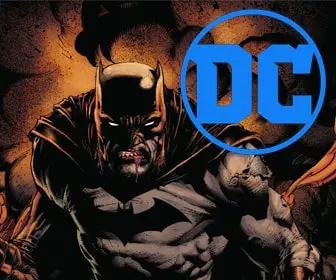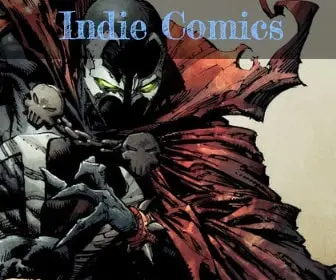
Comic Book Art Styles: A Visual Guide to the Evolution of Comic Illustration
The art of comic book illustration has evolved significantly since the medium’s inception, with a multitude of diverse styles and techniques emerging over time. This visual evolution has been driven by the creativity and innovation of countless talented artists, each bringing their unique approach to the medium. In this article, we’ll explore the various art styles that have emerged in comic book history, showcasing notable artists and their signature techniques.

- The Golden Age (1938-1950)
The Golden Age of comic books was characterized by bold, dynamic artwork and strong, primary colors. Artists such as Joe Shuster (Superman) and Bob Kane (Batman) established the visual language of superheroes, drawing inspiration from pulp magazines and newspaper comic strips. This era saw the use of strong black lines, dynamic action scenes, and a focus on larger-than-life characters.
- The Silver Age (1956-1970)
During the Silver Age, comic book art became more refined and detailed. Influential artists like Jack Kirby (Fantastic Four, The Avengers) and Steve Ditko (Spider-Man, Doctor Strange) introduced a sense of cosmic scale and dynamic energy to their work, incorporating elements of science fiction and fantasy. The art in this era often featured more intricate backgrounds, expressive facial expressions, and creative panel layouts.
- The Bronze Age (1970-1985)
The Bronze Age saw a shift toward more realistic and grounded artwork, reflecting the era’s focus on complex, socially relevant storylines. Artists like Neal Adams (Batman, Green Lantern/Green Arrow) and John Romita Sr. (Spider-Man) brought a level of anatomical accuracy and emotional depth to their work that helped to elevate the medium. This period also saw the emergence of more stylized artists, such as Frank Miller (Daredevil, The Dark Knight Returns) and Mike Grell (Green Arrow), who pushed the boundaries of visual storytelling.
- The Modern Age (1985-Present)
The Modern Age of comic book art is characterized by an incredibly diverse range of styles and techniques. Pioneering artists like Todd McFarlane (Spawn, Spider-Man) and Jim Lee (X-Men, Batman) brought a dynamic, hyper-detailed approach to their work, while others like Alex Ross (Kingdom Come, Marvels) opted for a more painterly, realistic style.
In recent years, the industry has seen a surge of unique and experimental art styles, with creators like Fiona Staples (Saga), J.H. Williams III (Batwoman, Promethea), and David Aja (Hawkeye) pushing the limits of visual storytelling.
- Digital Art and the Future
The advent of digital art has opened up new possibilities for comic book illustration, with many artists embracing digital tools to create their work. Artists like Jorge Jimenez (Justice League, Super Sons) and Bengal (Death or Glory) have seamlessly integrated digital techniques into their styles, resulting in bold and innovative artwork. As technology continues to advance, we can expect to see even more exciting developments in the world of comic book art.
The evolution of comic book art styles is a testament to the creativity and ingenuity of the artists who have worked in the medium. From the bold lines and colors of the Golden Age to the diverse and experimental styles of the Modern Age, comic book illustration has continually pushed the boundaries of visual storytelling. As the medium continues to evolve, we can look forward to even more unique and innovative art styles, further enriching the world of comic books.










